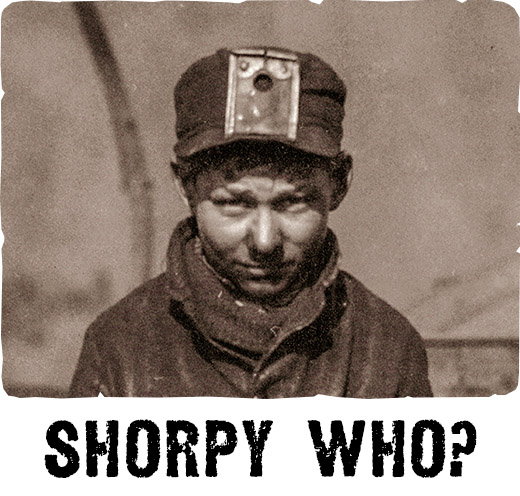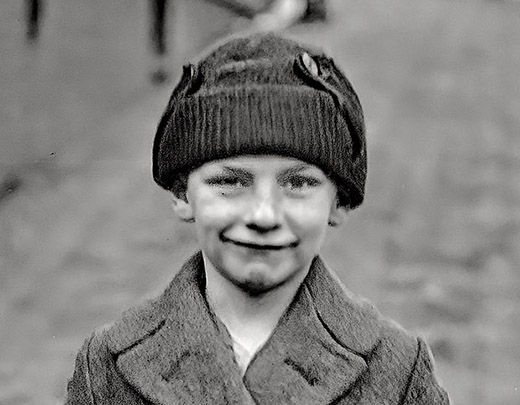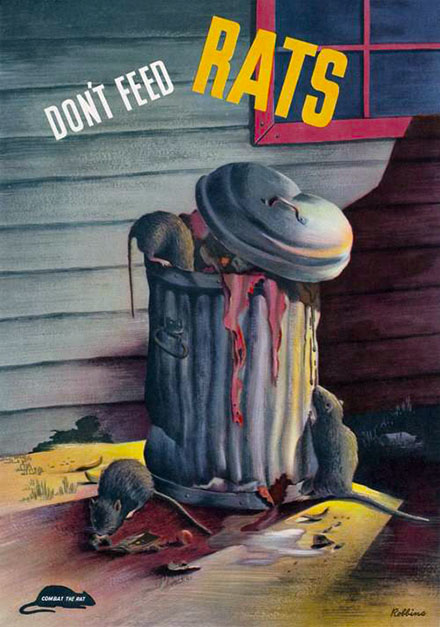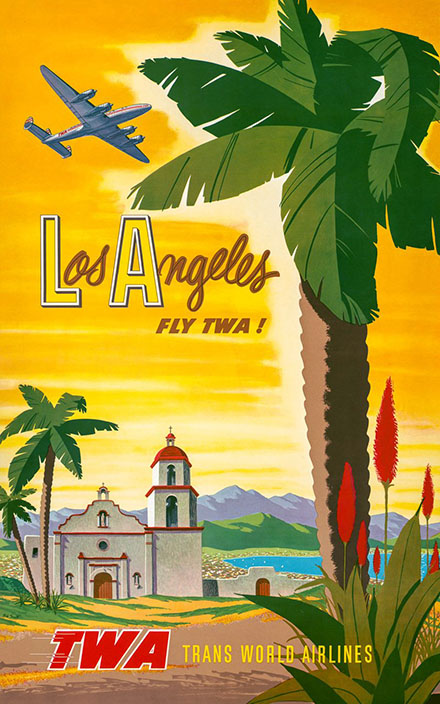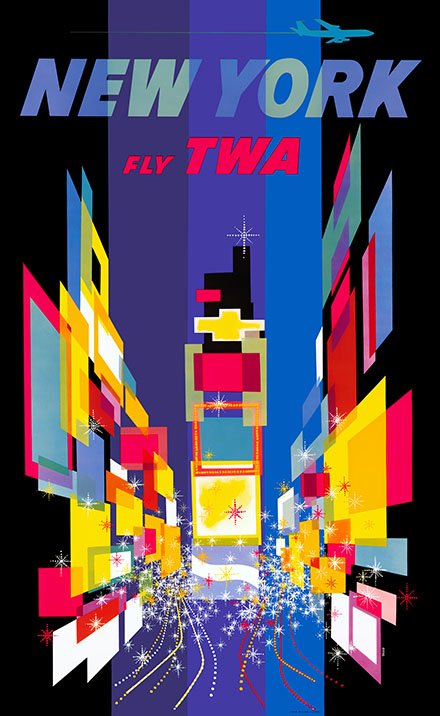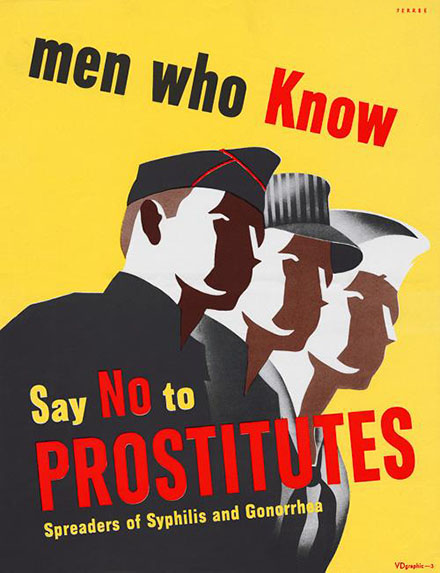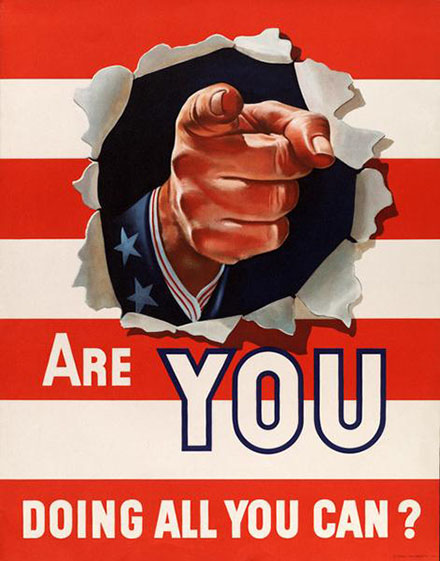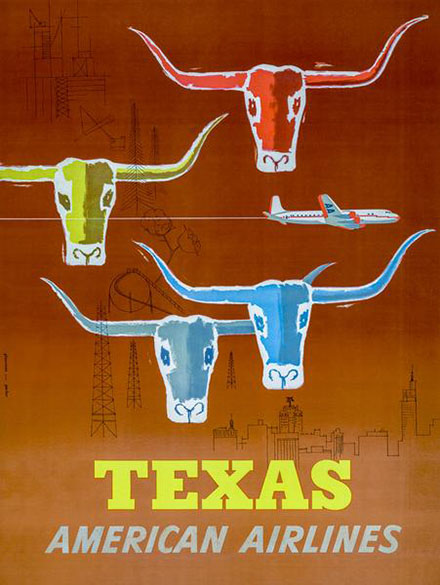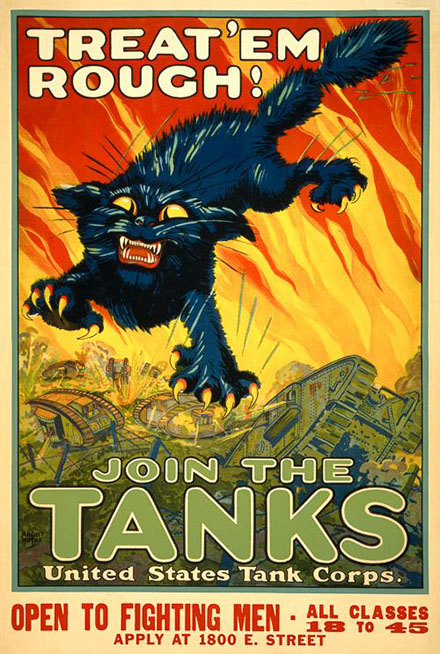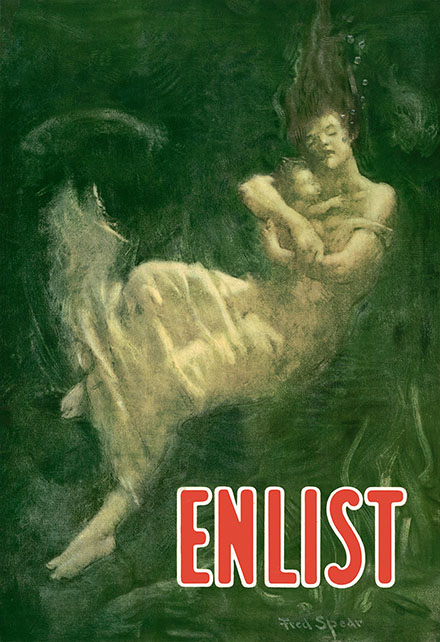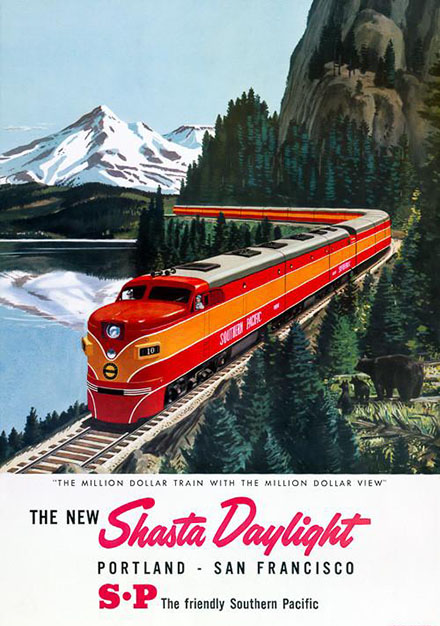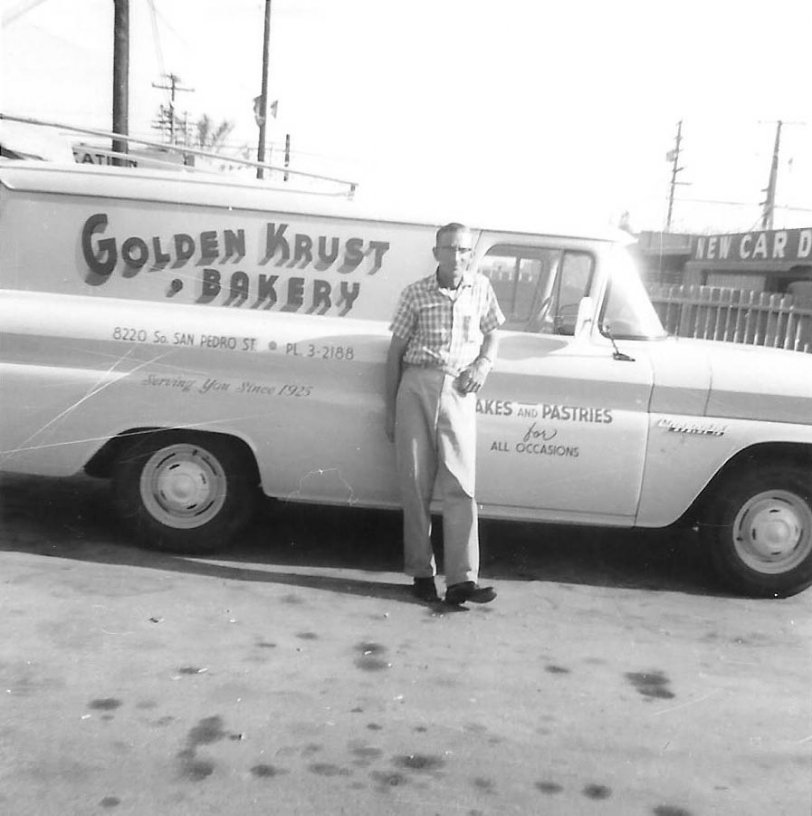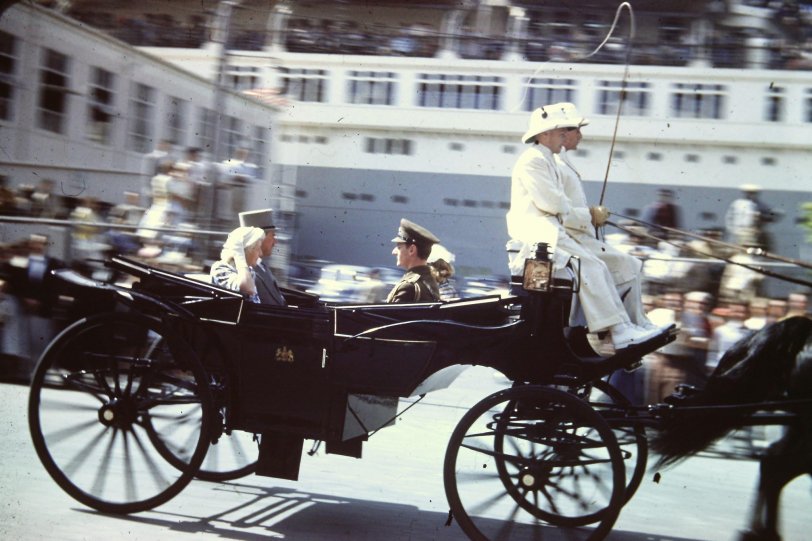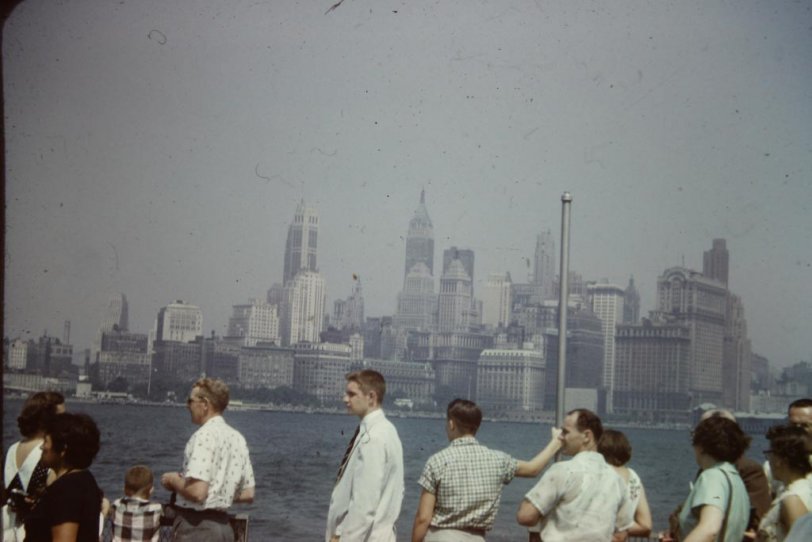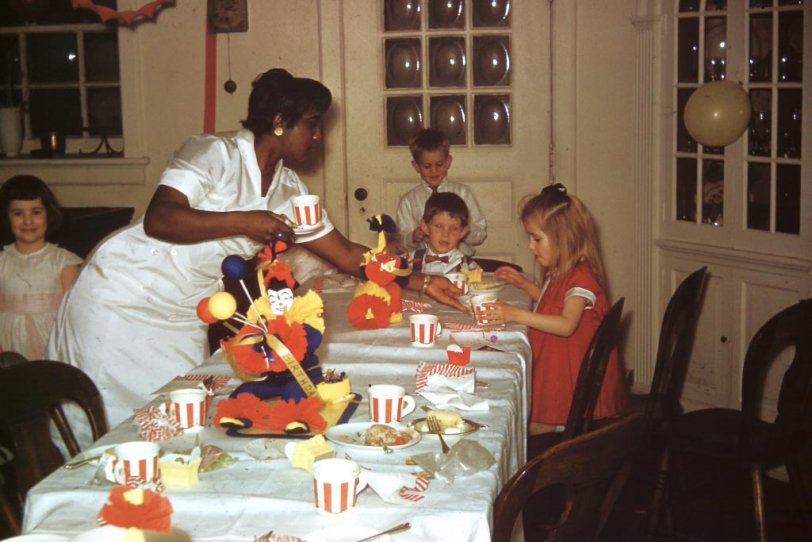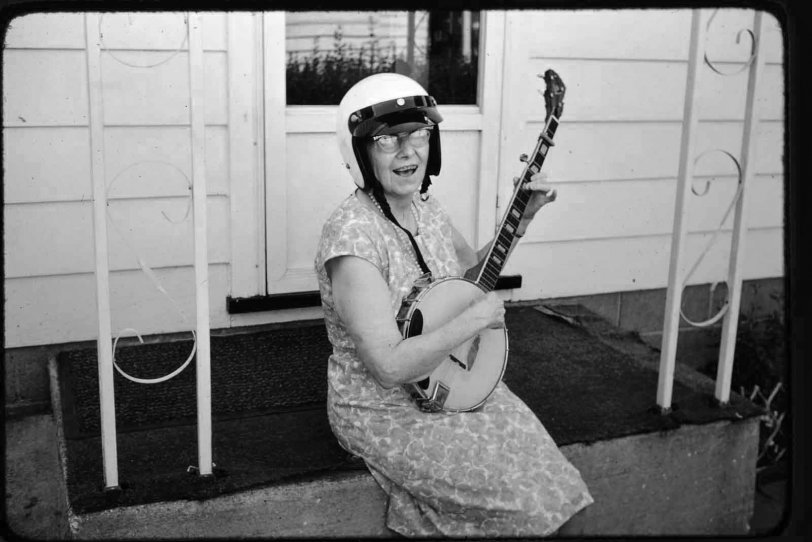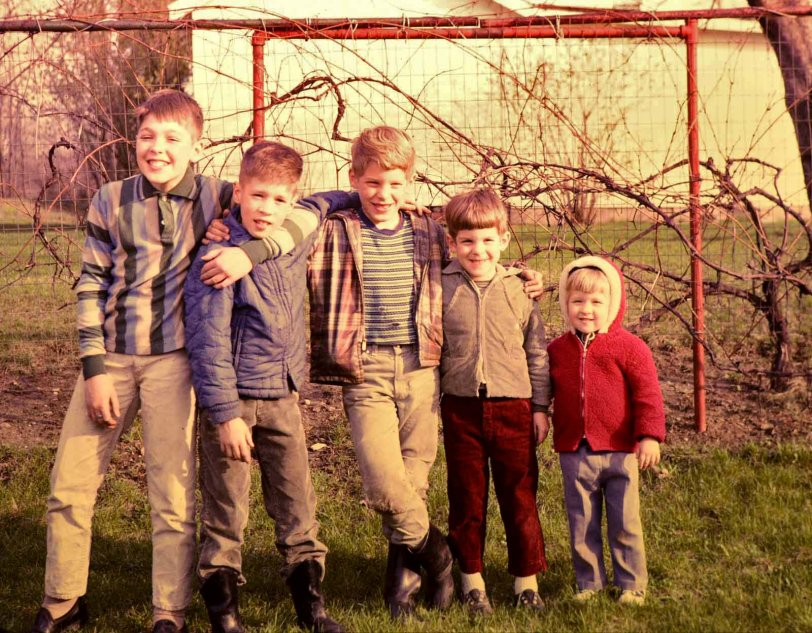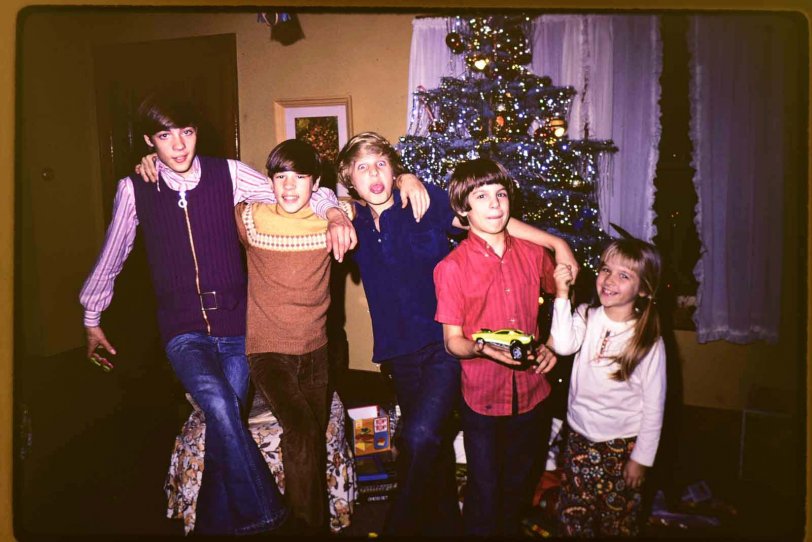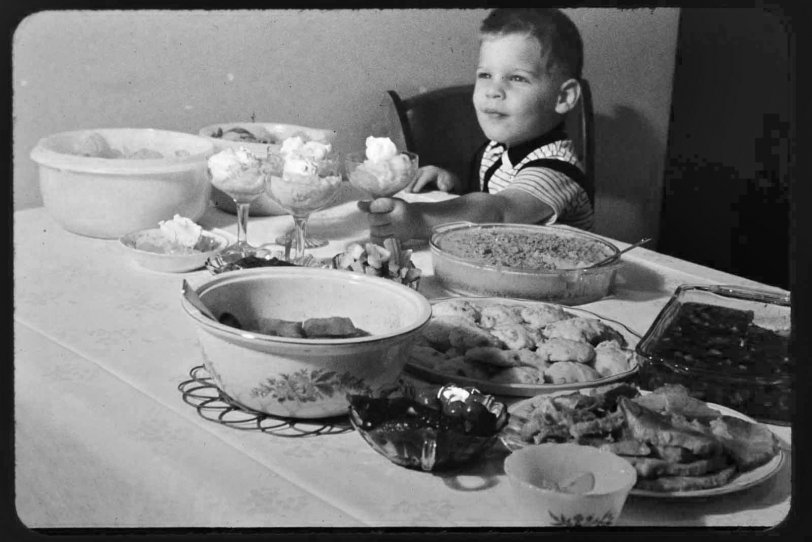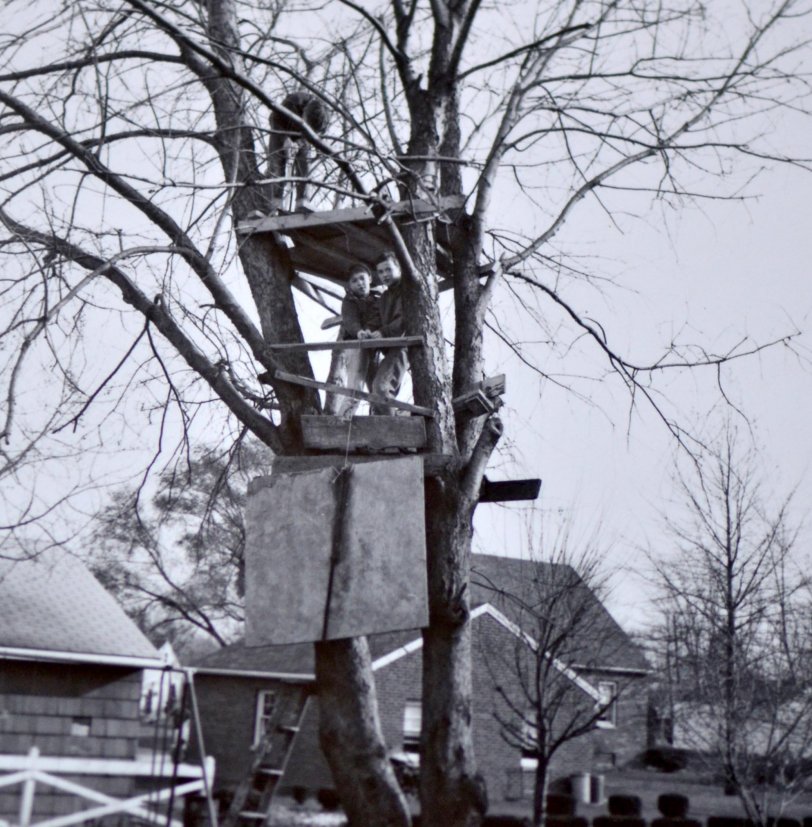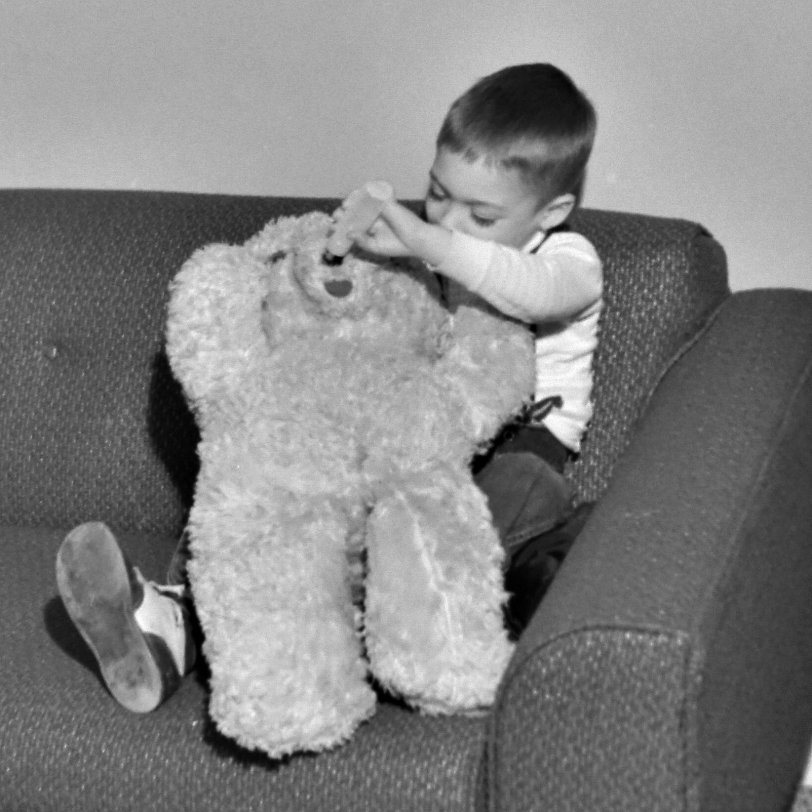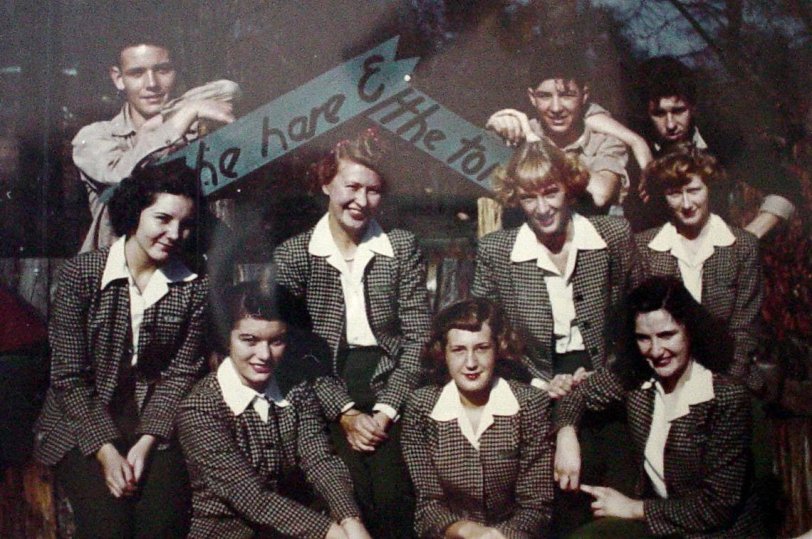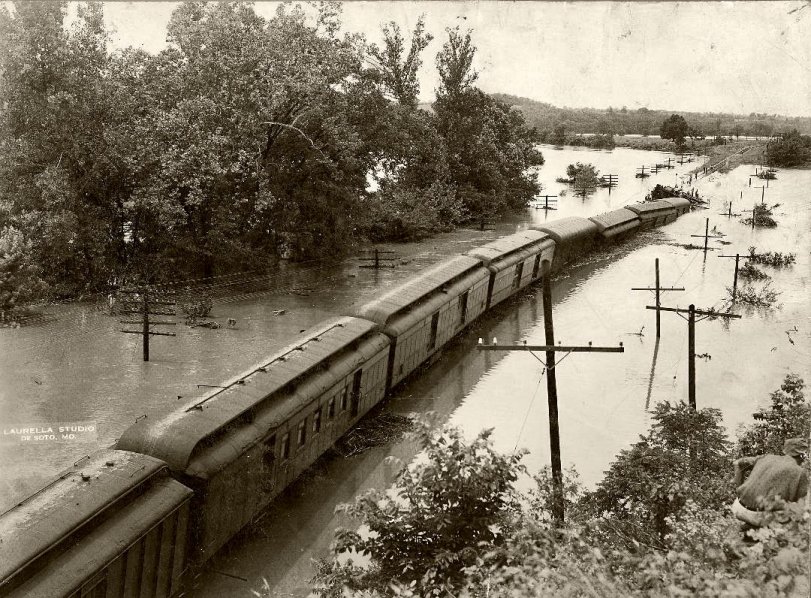

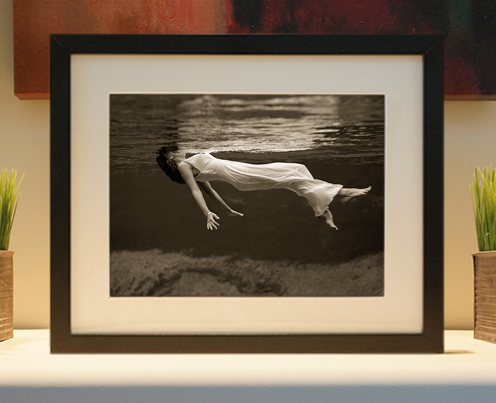
Framed or unframed, desk size to sofa size, printed by us in Arizona and Alabama since 2007. Explore now.
Shorpy is funded by you. Patreon contributors get an ad-free experience.
Learn more.

- Baldwin 62303
- Baldwin VO-1000
- Cold
- No expense spared
- Tough Guys
- Lost in Toyland
- And without gloves
- If I were a blindfolded time traveler
- Smoke Consumer Also Cooks
- Oh that stove!
- Possibly still there?
- What?!?
- $100 Reward
- Freeze Frame
- Texas Flyer wanted
- Just a Year Too Soon
- WWII -- Replacing men with women at the railroad crossing.
- Yes, Icing
- You kids drive me nuts!
- NOT An Easy Job
- I wonder
- Just add window boxes
- Icing Platform?
- Indiana Harbor Belt abides
- Freezing haze
- Corrections (for those who care)
- C&NW at Nelson
- Fallen Flags
- A dangerous job made worse
- Water Stop
Prints
Golden Krust Bakery
Private Leo C. Ziv: 1917
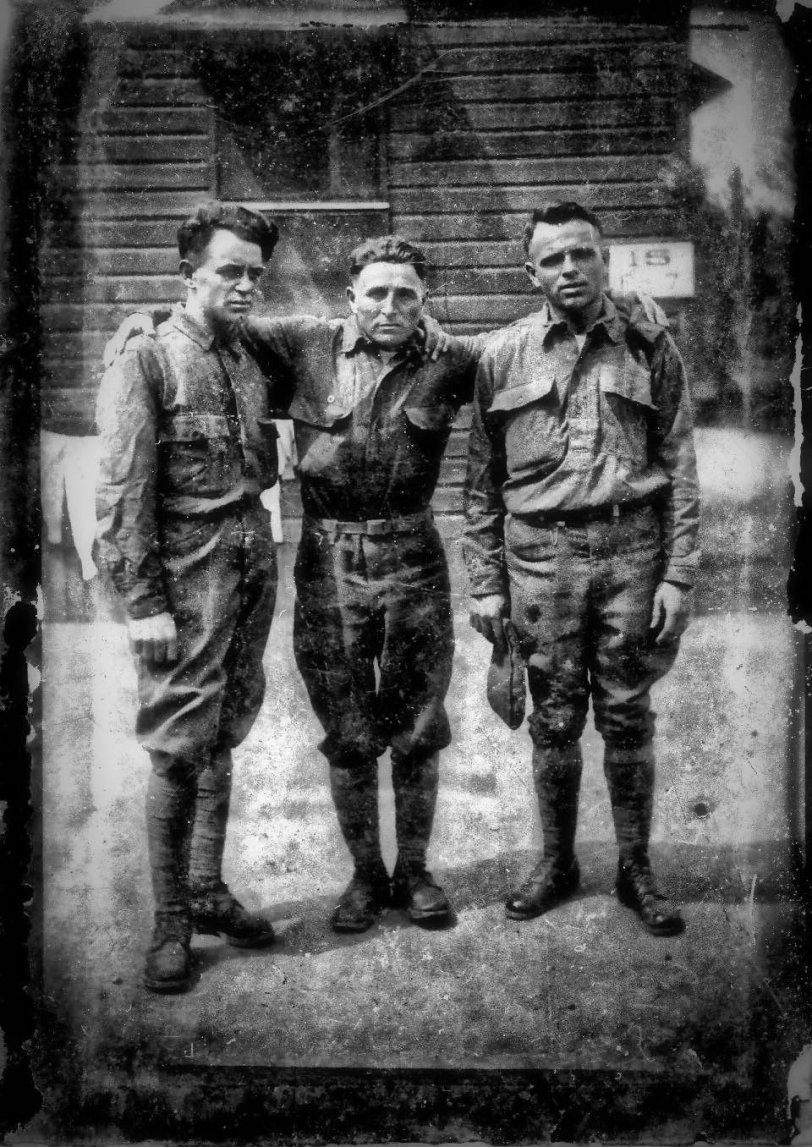
Fort Dix, 1917. That's my 5'2" grandfather prior to being shipped over to France as part of the Allied Expedition Force.
While there, he won a boxing medal and was subsequently caught in a mustard gas attack. He lived for another 52 years with seared lungs and had to expectorate into the ever-present paper sack that he carried with him.
Hottest Slots in Town
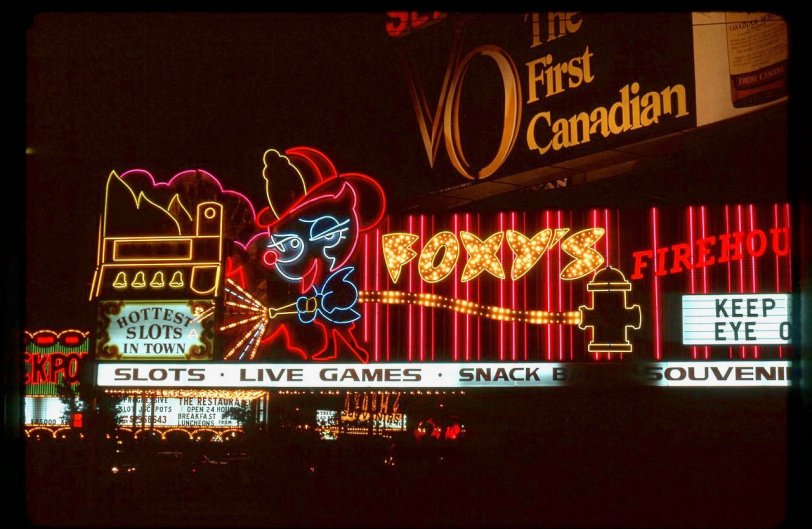
On a road trip in 1977 I visited Las Vegas and stayed for one night. I don't gamble, so I took Kodachrome slides of the incredible neon signs and watched the passing parade of people. This sign was all in motion, with sequencing lights making the fire hose appear to be spraying water to cool down the overheated slot machines.
The VIPs
The Tree House
Snack Time
The First Car I Bought: 1965
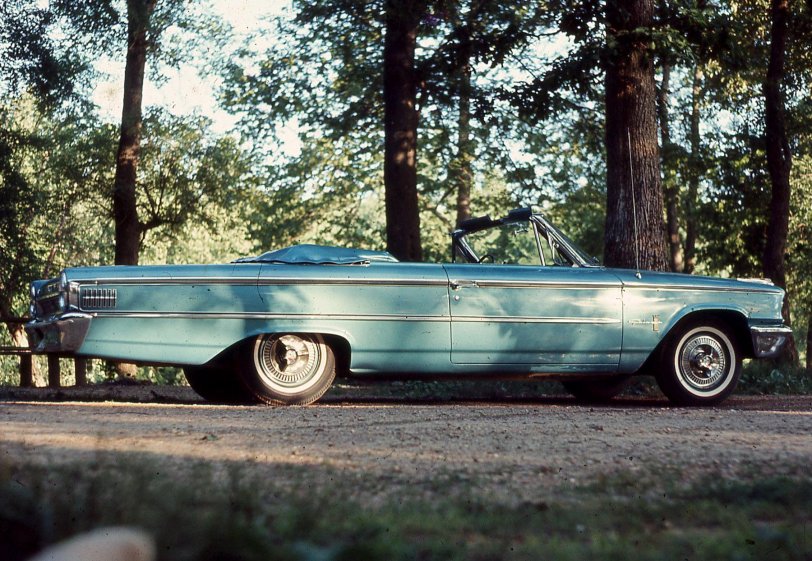
A 1963 Ford convertible. 3-speed manual transmission with electric overdrive, 352-cubic inch engine. The paint was metallic teal, which doesn't show up well in this Ektachrome slide I developed in my folks' kitchen sink. Did thousands of those. This was taken at Meramec State Park, near Sullivan, MO, I think. Almost as soon as I bought this car, I got drafted, so the guy I bought it from took it off my hands & sold it again. He was a prince. This was in an age where, as they say, hearts were light and cars were heavy.





